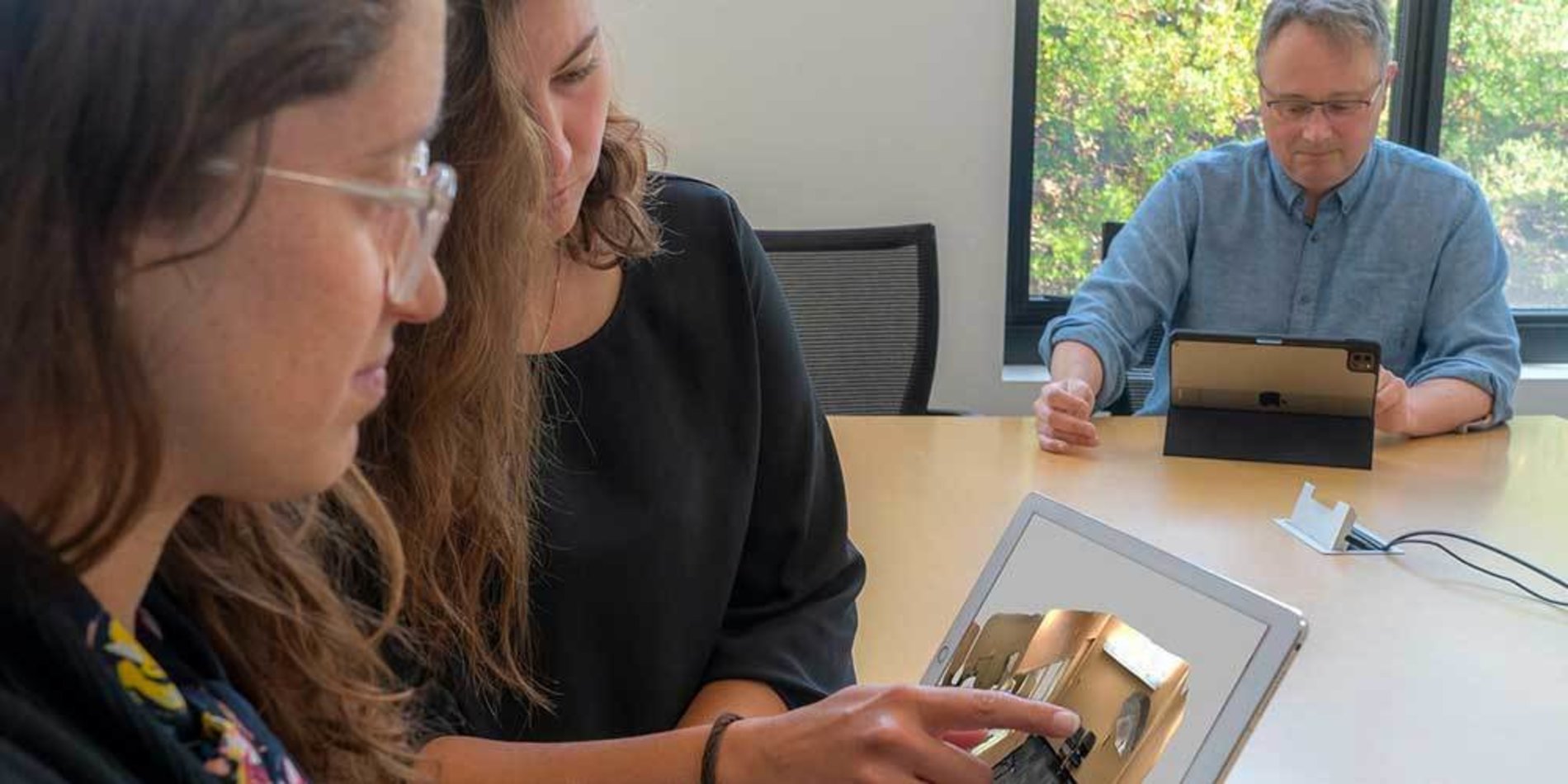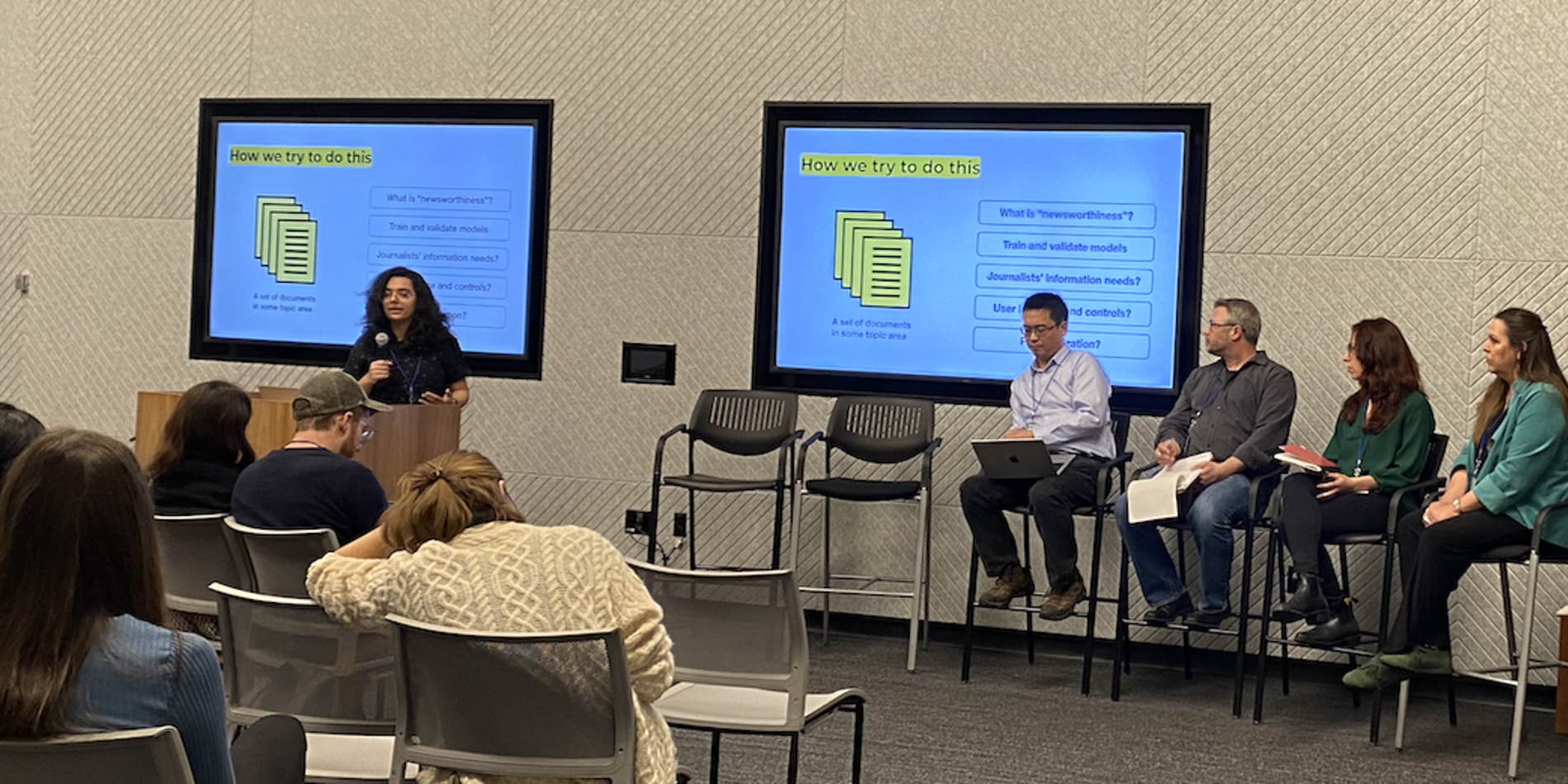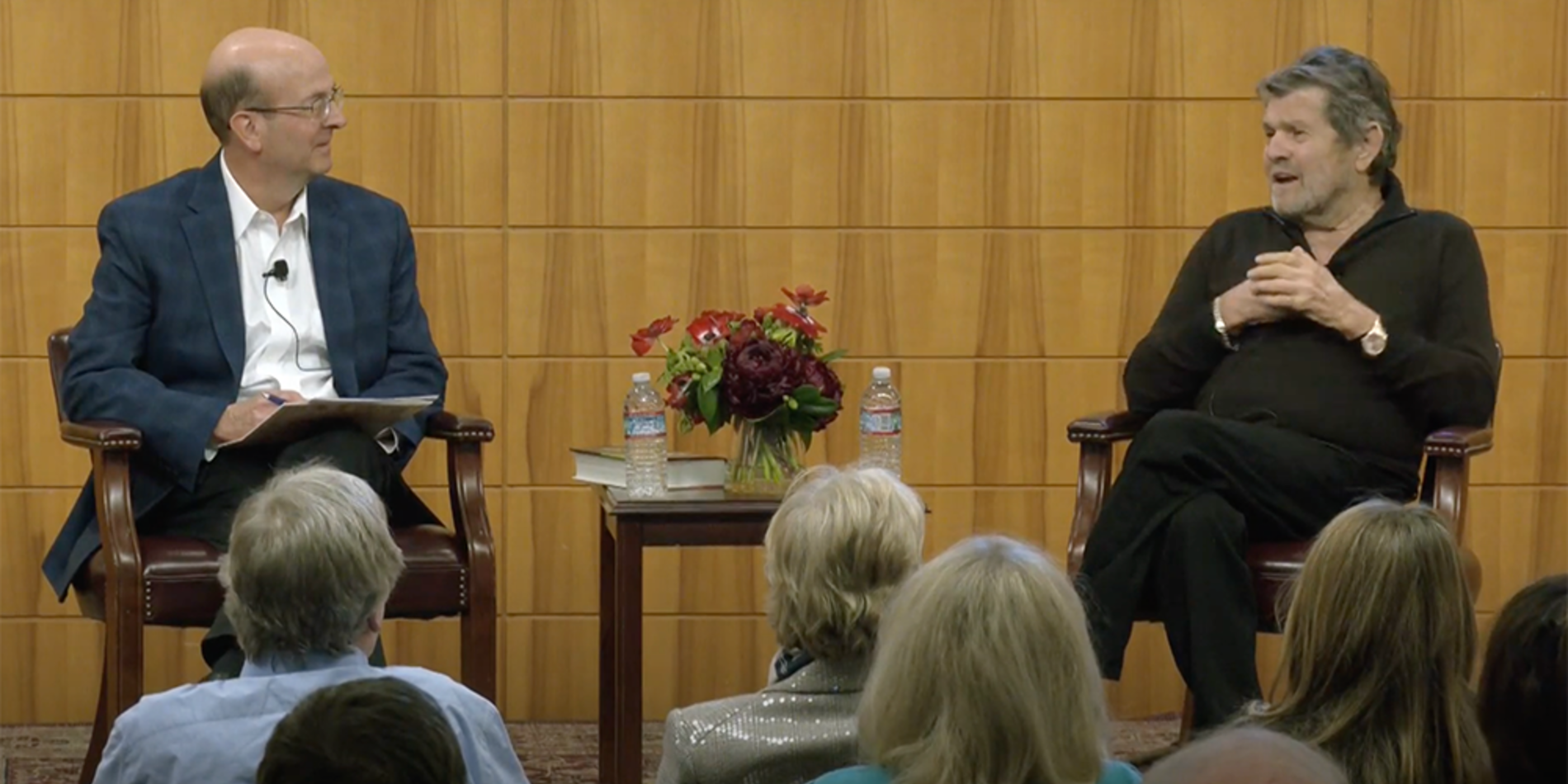Brenner and Tumgoren Bolster Stanford’s Focus on Public Affairs Reporting
Stanford University’s Journalism Program has added two nationally known journalists to its teaching faculty: R.B. Brenner and Serdar Tumgoren.
Brenner, a former Washington Post editor who taught at Stanford from 2010 to 2014, returns to the program as a Lecturer after holding a professorship and serving as School of Journalism director at the University of Texas at Austin.
Tumgoren, a data journalist and applications developer, comes to Stanford from The Associated Press. As the Lorry I. Lokey Visiting Professor in Professional Journalism, he will teach public affairs data journalism, along with courses that aim to introduce students to reporting and telling stories with data.
“The Stanford Journalism Program provides students with a unique combination of data journalism and storytelling skills,” said James T. Hamilton, Hearst Professor of Communication and director of the program. “The addition of R.B. Brenner and Serdar Tumgoren, both with deep experience in public affairs journalism, will increase our ability to help students learn how to discover accountability stories and tell them in engaging ways.”
Brenner will teach courses in news reporting and writing as well as narrative journalism. He will also join Professor Maneesh Agrawala, director of the Brown Institute for Media Innovation at Stanford, and Krishna Bharat, the founder of Google News, in teaching Exploring Computational Journalism (Computer Science 206/Communication 281). He will have a key role in developing a Stanford initiative focused on journalism and democracy, a multi-disciplinary effort to help journalists hold democratic institutions and powerful individuals accountable through better use of data and algorithms. Through the initiative, journalists, academics and technologists hope to fight against misinformation and come up with solutions to challenges within the journalism industry.
Brenner said it’s more crucial than ever for students to study journalism and its role in a healthy democracy: “When people ask me about the role journalists play in our country — and in all free societies — I quote Stanford graduate Jim Moroney, a great U.S. newspaper executive, who likes to say: ‘We get up every morning and save democracy.’”
Brenner’s career as a reporter and editor spans three decades. He held various editing positions at The Washington Post and was one of the primary editors during its coverage of the 2007 Virginia Tech shooting, which was awarded a Pulitzer Prize. He graduated from Oberlin College and also worked for newspapers in North Carolina, California and Florida. He was a consultant for two journalism-themed films, “The Post” and “State of Play.”
Serdar Tumgoren was the lead news applications developer for The Associated Press Data Team. He has also worked for The Washington Post and Congressional Quarterly, focusing on political and election-related data and web applications. He’s a co-founder of the OpenElections project, a volunteer effort to gather and standardize U.S. election data, and created datakit, a command-line tool that helps journalists manage data projects.

Tumgoren said his students will learn how to acquire and analyze data so that they can hold government officials and corporate entities accountable.
In his class on programming for journalists, students will gain basic proficiency in the Unix shell and Python programming while practicing skills such as web scraping, acquiring data from public APIs, cleaning and transforming data, and working with spreadsheets and databases. In his course on building news applications, students will study examples from the news industry and gain experience in a range of technical skills required to tell data-driven stories on the web.
“Data journalism skills are critical these days,” Tumgoren said. “More and more public information is only available in the form of data, and often that information is locked up in hard-to-use formats. Journalists today need to have basic skills in data wrangling and analysis in order to do their jobs.”
Tumgoren graduated from Georgetown University and started his journalism career as a local government reporter in California, Connecticut and New Jersey.
For more on the Stanford Journalism Program, see http://journalism.stanford.edu/.


